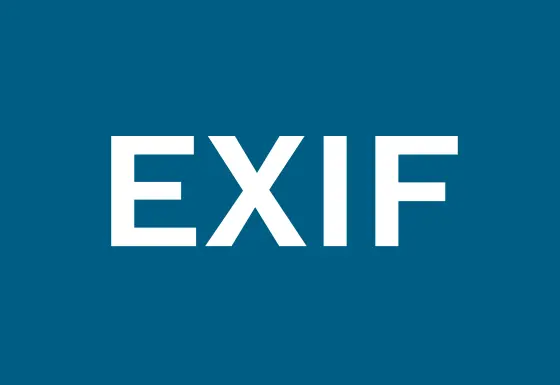The Metadata Encoding & Transmission Standard (METS) simplifies your digital object management. In this guide, you'll discover what lies behind the format and how it aids you in your daily tasks.
What exactly is the METS Format?
The METS format is an XML format designed for the hierarchical structured description of digital objects that need organization within a digital library or archive. These objects can include assets like
eBooks
photos
videos
websites
The METS format allows you to capture information about the origin of media and how they should be managed and structured. On one hand, the standard is used for managing digital objects within a database. On the other hand, it can be utilized as a format for exchange. It simplifies the storage and management of digital media.
Where Did the Format Come From?
The Digital Library Federation created this standard back in 2001 in response to the pressing needs of libraries and archives. They sought a solution to enhance the comprehension and organization of digital objects with varied origins.
The simplest approach to tackle this challenge involved incorporating detailed metadata that outlined the origin and structure of these objects.
Where is METS Used?
The METS format is often used in libraries, archives, as well as in companies that need to manage digital content and associated metadata that includes information such as title, creation date, and details about the origin and contributor of the work.
For example, archives can use the METS format to effectively manage the structure of digital works such as book series or films, ensuring that both the complete works and individual pages or scenes are easily discoverable and accessible to users or other archives.
Structure in Detail: How is a METS Document Structured?
A METS document is divided into seven main sections, forming the basis for the structured description of digital objects.
Header with metadata describing the METS document
Descriptive metadata of the object (description of the object)
Administrative details such as origin, copyright, and storage information
Overview of all files related to the object
Description of the internal structure of the object
Links between elements, for example, for archiving websites
Linking executable elements with the METS package

Use in Companies and the Role of DAM Systems
METS is used for storing and utilizing metadata and object information. Libraries, for instance, use the format to digitize books and make individual pages as well as entire works accessible online. The METS format aids in structuring and archiving the data, ensuring smooth navigation through extensive works.
Companies can also employ the METS format for the organized management of their digital media, tailoring it to their unique needs. Yet, to navigate the METS format effectively, your company will require a suitable tool. A top-notch option is Digital Asset Management (DAM) software, such as pixx.io.
This not only allows you to organize METS data and documents but also the digital media you are structuring. A DAM facilitates the efficient organization and utilization of the METS format, ensuring that your digital assets are easily accessible and well-structured.
METS as an Essential Tool for Digital Asset Management
METS provides a robust structure for describing digital objects and their metadata. The application of the format is exciting not only for libraries but also for companies managing digital content.
In combination with a DAM system, METS enables efficient organization and long-term availability of your digital resources. With pixx.io, you can reap the benefits and leverage METS in your digital media management.
Try pixx.io for free now.
Sabrina
Sabrina writes for pixx.io about everything that concerns you in your day-to-day work and helps you to overcome challenges in content and social media marketing, image formats or compliance. When it comes to complex topics, she prepares the knowledge of media and legal experts for you in an understandable way.





